Frozen sushi appears in Japan, but is it any good?
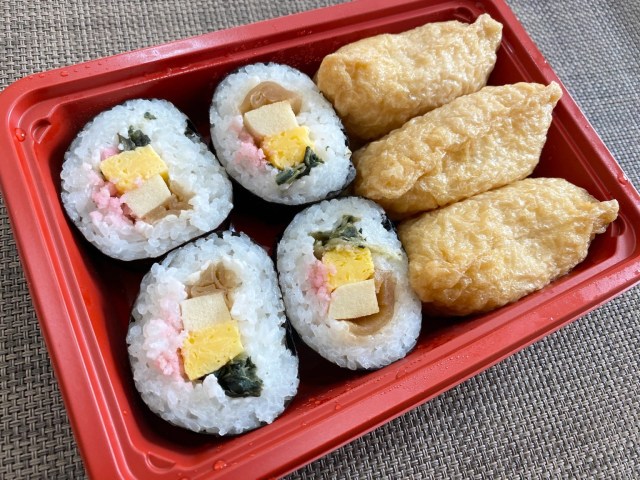
Defrosting sushi puts a new spin on the way we eat traditional Japanese food.
Japanese stores sell a lot of things, but frozen sushi generally isn’t one of them. So when we came across this unusual product in the freezer section at a store in Hiroshima Prefecture, we took it straight to the cash register and handed over 494 yen (US$3.85) so we could take it home and try it out.
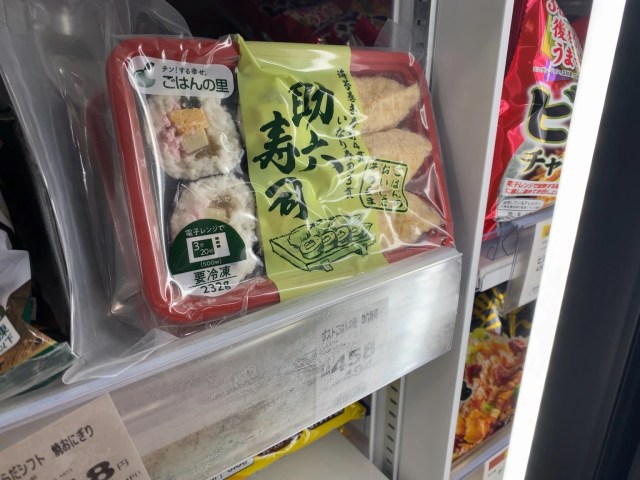
This frozen package was named “Sukeroku Sushi“, and looking closer, we could see that it was manufactured by Hiroshima’s Post Gohan no Sato Company. Sukeroku Sushi refers to a combination of makizushi (rolled sushi wrapped in seaweed) and inarizushi (fried tofu pouches filled with rice), and this particular pack contained four makizushi and three inarizushi.
▼ That works out to just over 70 yen per piece.
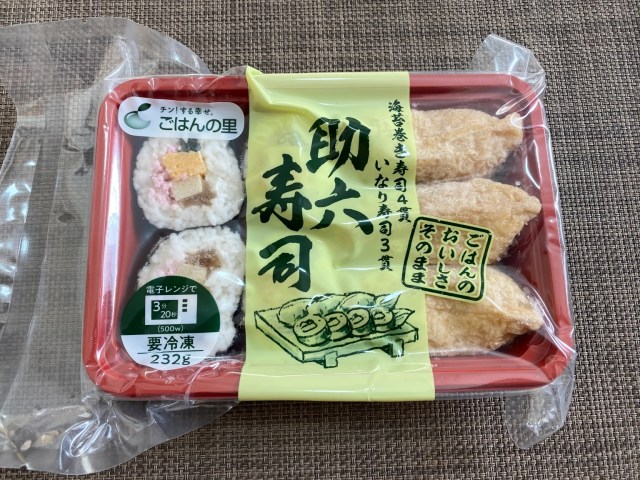
According to the instructions on the back of the pack, this sushi is not to be thawed naturally on the counter or in the refrigerator. Instead, it has to be defrosted in the microwave in order to maintain the quality of the white rice.
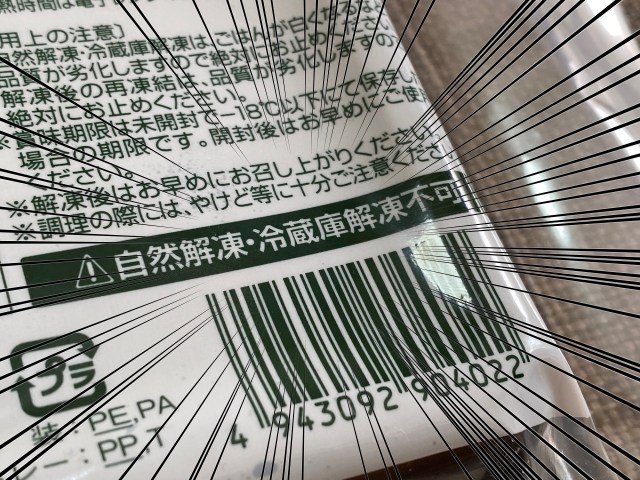
With rice being a star ingredient, we definitely didn’t want to do anything that might jeopardise its texture and flavour, so we faithfully followed the instructions to pierce the packaging and place it in the microwave for three minutes and 20 seconds at 500 Watts.
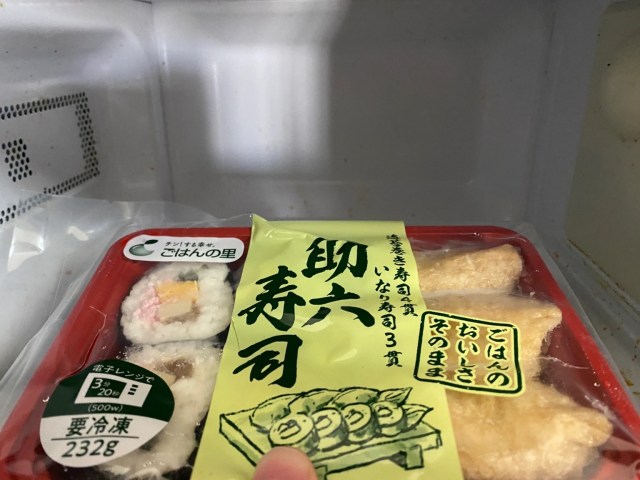
Upon taking it out, the sushi looked…exactly like sushi we’d normally buy at the supermarket!
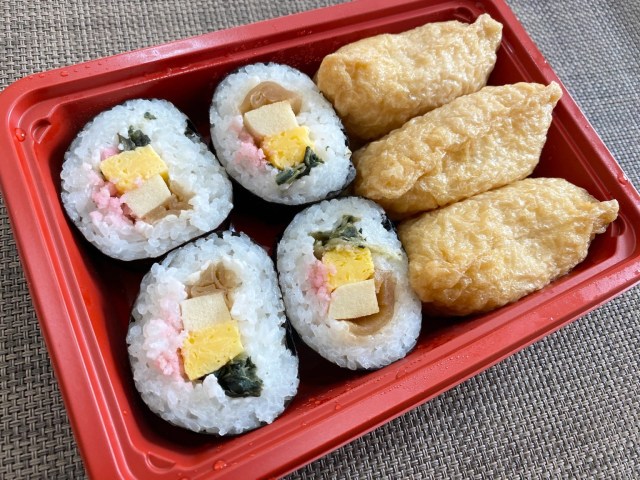
After letting it cool to room temperature, we picked up our chopsticks to try the defrosted sushi. Sure, it looked great, but how would it taste?
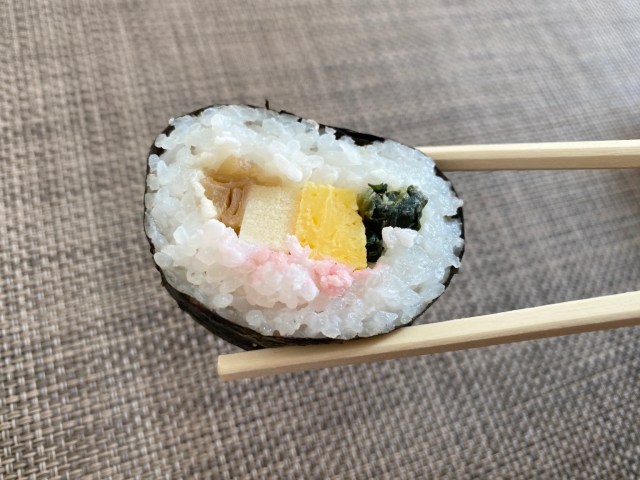
Starting with a sushi roll, we were pleasantly surprised by the texture and flavour. It wasn’t incredibly delicious, but it was decent sushi, and much better than we’d anticipated for a morsel that had previously been frozen.
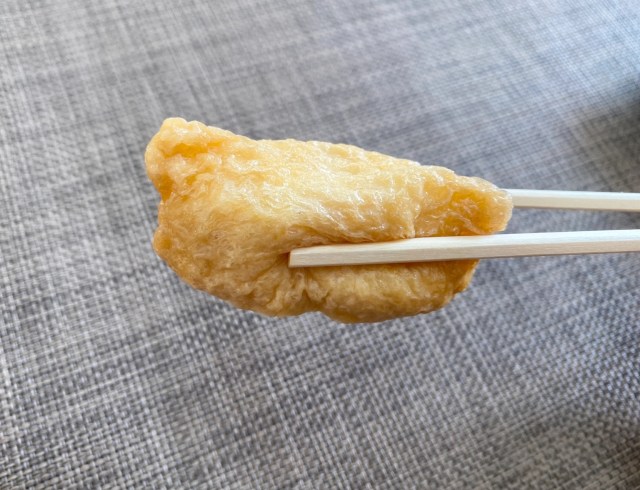
Next up, we tried the inarizushi and this one was much better. Still not restaurant-quality sushi, but you’d be hard-pressed picking this one out as the frozen one in a lineup with regular supermarket sushi.
▼ We were pleased to see that the grains of rice stayed together well and didn’t separate or fall out of the tofu pouch.
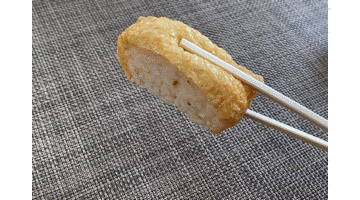
The way the rice held together was a good display of how moist and supple the grains stayed throughout the freezing and defrosting process. It also indicated that the company had done its research when settling on the optimum time for thawing in the microwave.
While we can’t really complain nor rave about the taste of the sushi, it’s pretty neat to know that companies like this are experimenting with new ways to store and distribute Japanese food, especially at a time when food waste is becoming such a global concern.
Maybe one day soon the technology will improve so we can enjoy restaurant-quality sushi straight from the freezer. Until then, we’ll be enjoying pressed frozen sushi, which is a little easier to freeze and thaw.
Images © SoraNews24
● Want to hear about SoraNews24’s latest articles as soon as they’re published? Follow us on Facebook and Twitter!
Credit:




0 comments: